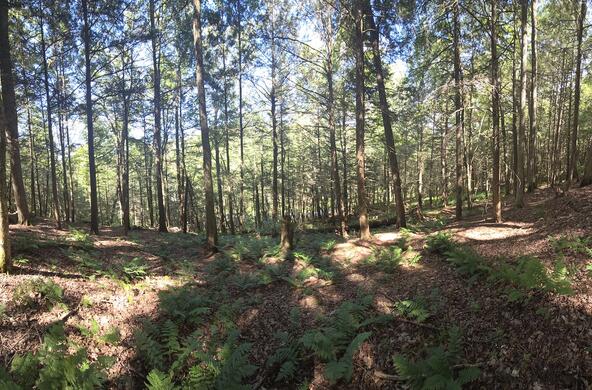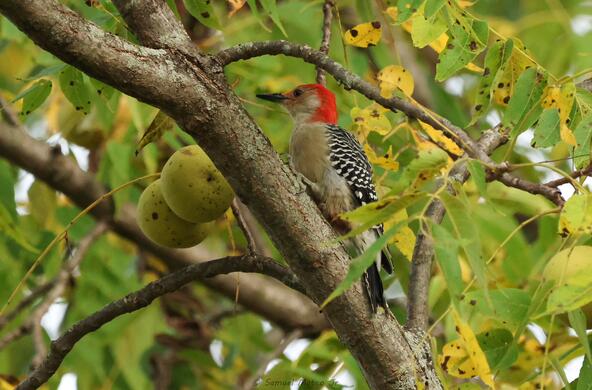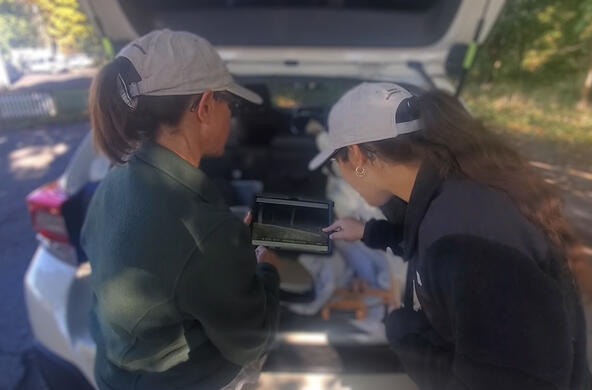Animals and plants are not evenly distributed across the globe. Biodiversity is exponentially higher in tropical areas near the equator, tapering off rapidly as you move toward the poles. But islands in the ocean do not follow this trend; an island in the Caribbean will have, on average, roughly the same number of species as one in the Arctic Circle.
Scientists have noted several reasons why oceanic islands buck the trend. Distance and isolation likely limit how many species arrive on an island and settle in. Meanwhile, with less land area and fewer elevational changes, islands have fewer niches for plants and animals to inhabit.
A new paper, published today in Nature, is unique in identifying a biological factor that limits island biodiversity, at least for plants: dependence on other species, called mutualism. The research is led by Camille Delavaux of ETH Zurich; forest ecologist Evan Gora of Cary Institute of Ecosystem Studies is the senior author on the paper.

“Many plants rely on fungi to access soil nutrients, or on specialized pollinators to reproduce,” Gora explained. “It makes sense that mutualisms would limit a plant’s ability to migrate to an island; if the odds of a plant surviving the journey to a far-flung island are low, then the odds of its mutualistic partner surviving the journey at the same time are even lower.”
However, scientists had not calculated how much mutualisms might limit island biodiversity compared to other factors. To solve this mystery, the researchers started by comparing the number of species on oceanic islands versus continents. For each of 212 oceanic islands, they calculated how many fewer species it hosted compared to the mainland at the same latitude. They call this difference the “species deficit.” Then, they calculated how much of each deficit was explained by distance from the mainland, area, elevation range, precipitation, and mutualism filters.
They found that the non-biological factors — distance from the mainland, area, elevation range, and precipitation — together accounted for 24.5% of the lack of species on oceanic islands in the tropics. As expected, smaller and more isolated islands and those with a lower variety of habitats had higher species deficits, and those with wetter conditions tended to support more plants.
What is new from this study is that it shows mutualisms are just as important as the non-biological factors, accounting for 25% of the increase in islands’ species deficit in the tropics. The finding provides the clearest evidence to date that cooperation among species is necessary to support and maintain high diversity, particularly in tropical ecosystems.
“Mutualisms matter,” said Delavaux. “We are showing that interactions with other organisms are just as important as the abiotic factors.”

Next, the researchers hope to explore how mutualisms — or the lack thereof — may affect diversity in other parts of island ecosystems, such as the plants’ mutualist partners, plant consumers, and pathogens. Delavaux said she would like to collect microbiome samples to corroborate their findings, and she is interested in investigating how human introduction of plants to islands alters the patterns seen in the study.
The findings also offer a lesson for conservation, said Gora. “Our findings indicate that mutualists — such as pollinators and fungi — are key to supporting high diversity, and we know that high diversity is critical to maintaining healthy and productive ecosystems. For conservation, this tells us that if we want to conserve plants, then we also need to be conserving their mutualists, or we will lose the diversity that makes ecosystems resilient.”
Co-authors on the paper include Thomas W. Crowther of ETH Zurich, James D. Bever of University of Kansas, and Patrick Weigelt of University of Gottingen in Germany.






